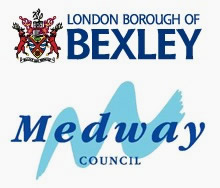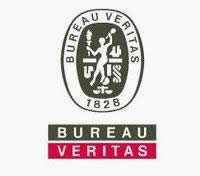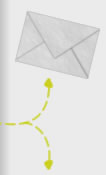Notice and Bulletin Boards
08/09/2011
Why is a notice or message board referred to as a “bulletin” board? The English adopted the term “bulletin” in the 17th century from the Italian bullettino or bollettino, the diminutive form of bulletta "bull", which which in term is the diminutive of another word, bolla (from Latin bulla) "bubble, bull". The bull here is, of course, a pronouncement issued by popes (a papal bull). In this case bolla is used metaphorically to mean not a bubble but the (round) seal affixed to the pronouncement. So here we have synecdoche (or metonymy), where an object is called by one of its parts. Bull "seal" in English dates from the 14th century.
The original English meaning of “bulletin,” back in the 17th century, was more in line with the Italian one: "a short note or memorandum; an official certificate.” By the end of the 18th century, however, the English had adopted a different meaning to the word, specifically "a short account or report of public news or events, issued by an authority," also known as a notice (hence the term notice board). The word with this meaning is thought to have entered English separately and not from the Italian but from the French “bulletin.”
“Bulletin board” dates from the early 19th century in the U.S. with the same sort of meaning it has today: "a notice board". We also have the term turning up in Byte magazine in December of 1979: "Computerized bulletin board systems are multiplying like rabbits!" These days online bulletin boards, notice boards etc are a widespread and well known phenomenon, but that doesn’t mean that ordinary notice and display boards, many of them vandal proofed (a benefit rarely found in the online world!) are redundant.
If you are interested in notice boards, display boards or other similar signage, consider stopping by www.fwdp.co.uk to make an inquiry about bespoke signs, panels and creative mapping solutions.

























